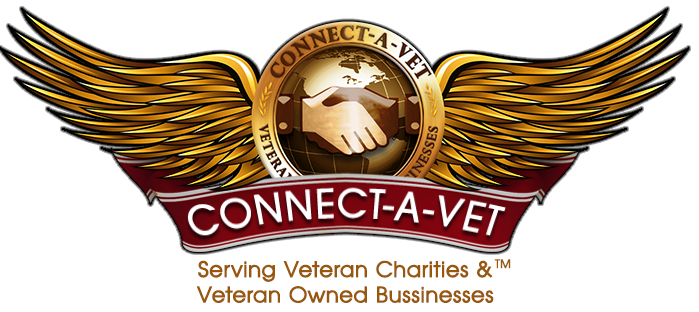Content Marketing: Finding the right strategy for you is essential
- Blogging: Regularly publishing informative and engaging blog posts to attract and retain visitors.
- Guest Blogging: Writing articles for other popular blogs in your niche to reach a broader audience.
- Video Marketing: Creating and sharing videos on platforms like YouTube, Vimeo, and social media.
- Podcasting: Producing audio content that can be distributed through platforms like Apple Podcasts and Spotify.
- Infographics: Designing visually appealing infographics to convey information quickly and effectively.
- E-books and Whitepapers: Offering in-depth content that provides value to the audience.
- Case Studies: Showcasing success stories and examples of how your products or services have benefited others.
Search Engine Optimization (SEO/SEM/SEP)
- On-Page SEO: Optimizing individual web pages to rank higher and earn more relevant traffic. Now you can optimize each page where as in the past you could only optimize the whole website as a single unit or package.
- Off-Page SEO: Building backlinks and improving the site’s authority through external sources.
- Technical SEO: Ensuring the website is optimized for search engine crawlers and fast loading speeds.
- Local SEO: Optimizing for local searches and appearing in local listings and maps.
- I’ll add content later for (On-Page SEM and SEP), just link a single page to it.
Social Media Marketing
- Social Media Profiles: Creating and maintaining profiles on platforms like Facebook, Twitter, LinkedIn, Instagram, and TikTok.
- Social Media Advertising: Running paid ads on social media platforms to target specific audiences.
- Influencer Marketing: Partnering with influencers to promote your products or services.
- Social Media Contests and Giveaways: Engaging your audience through interactive promotions.
Email Marketing
- Newsletters: Sending regular updates and content to subscribers.
- Automated Email Campaigns: Setting up sequences of emails that are triggered by user actions or time intervals.
- Personalized Email Marketing: Tailoring emails to individual recipients based on their behavior and preferences.
- Unsolicited Email Blasting: Strategy so your email is not considered SPAM according to the CAM-SPAM Act which is regulated by the FTC.
Paid Advertising (Pay-Per-Click)
- Google Ads: Running search ads, display ads, and shopping ads on Google’s network.
- Social Media Ads: Running ads on Facebook, Instagram, Twitter, LinkedIn, Pinterest, and TikTok.
- Retargeting Ads: Showing ads to users who have previously visited your website.
Affiliate Marketing
- Affiliate Programs: Recruiting affiliates to promote your products or services in exchange for a commission on sales.
Influencer Marketing
- Influencer Partnerships: Collaborating with influencers to leverage their audience and credibility.
Online Public Relations (PR)
- Press Releases: Distributing news and announcements through online press release services.
- Media Outreach: Building relationships with journalists and bloggers to gain media coverage.
Community Building
- Forums and Discussion Boards: Participating in or creating forums relevant to your industry.
- Online Groups and Communities: Engaging with audiences on platforms like Facebook Groups, LinkedIn Groups, and Reddit.
Webinars and Live Streaming
- Webinars: Hosting live or recorded webinars to provide value and engage with your audience.
- Live Streaming: Using platforms like Facebook Live, Instagram Live, and YouTube Live to connect with your audience in real-time.
Conversion Rate Optimization (CRO)
- A/B Testing: Testing different versions of web pages to determine which performs better.
- User Experience (UX) Enhancements: Improving website design and functionality to enhance user experience and increase conversions.
Mobile Marketing
- SMS Marketing: Sending promotional messages directly to users’ mobile phones.
- App-Based Marketing: Using mobile apps to engage with users and promote products or services.
E-commerce Marketing
- Product Listings: Optimizing product listings on e-commerce platforms like Amazon, eBay, and Etsy.
- Shopping Feeds: Using shopping feeds to display products in search engines and on other websites.
Analytics and Data-Driven Marketing
- Web Analytics: Using tools like Google Analytics to track and analyze website traffic and user behavior.
- Customer Relationship Management (CRM): Utilizing CRM software to manage interactions with potential and current customers.
By combining these strategies and continually refining your approach based on data
and feedback, you can effectively promote your website, products, and services
online.
As we learn more, we will share more.

